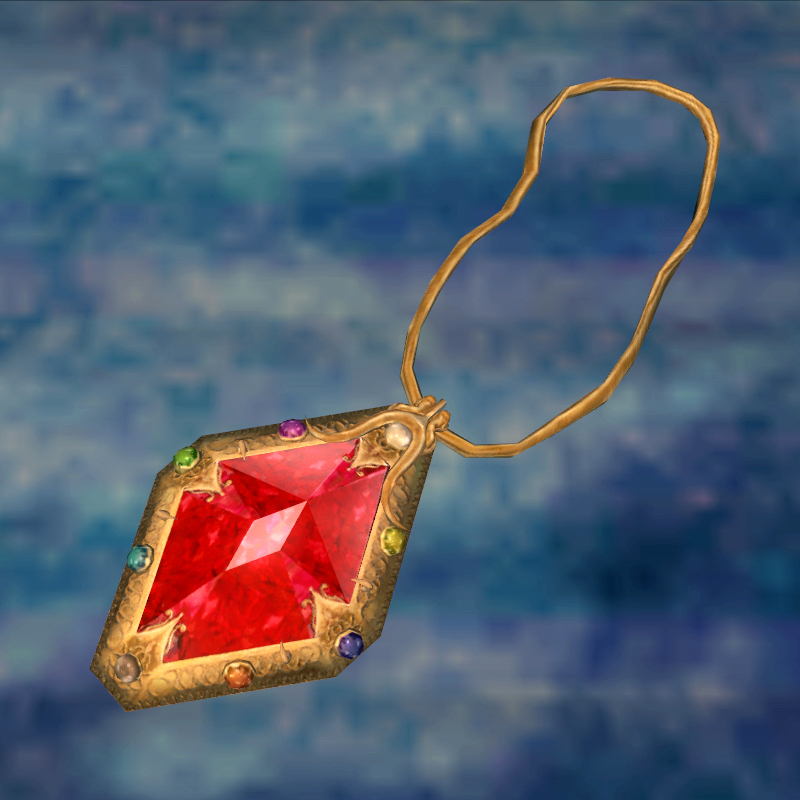

This is immediately apparent in the earliest appearance of Palestine under that name in any ancient text, the Histories by Herodotus, who repeatedly refers to “Syria Palaestina ” or occasionally to “Syria, which is so-called Palestine.” Masalha himelf recognizes that Palestine was often not found in the same place, and Gibbon was absolutely right about the off-again on-again intermittent linkage of Palestine with Syria. But Palestine simply has no continuity over four thousand years. Masalha is an erudite and widely read Palestinian historian in London, who commands many languages, ancient and modern, in addition to Arabic, and brings an understandable passion to his reflections on the concept and location of Palestine. Nur Masalha challenges his readers by the provocative and, it has to be said, wholly indefensible title that he has given to his new book: Palestine: A Four Thousand Year History. In classical antiquity Syria adjoined Phoenicia, which included the ports of Tyre and Sidon, but it was also associated with a bewildering variety of other ancient places, some clearly in the interior far from the sea. Lebanon but also spread southwest across the Orontes and Jordan valleys as far as the Mediterranean coast. Syria itself, with constantly fluctuating borders, lay to the east of Mt. Gibbon’s lines betray a profound knowledge of both Phoenicia and Palestine, which had long and complex histories of shifting back and forth from one part of greater Syria to another. Pontius Pilate was a Roman magistrate (a praefectus, as we now know despite Tacitus’s error in calling him a procurator), and of course he famously charged Jesus for being an aspiring king of the Jews. He was reputedly born in Bethlehem, a village that belonged administratively in those days to the Roman province of Judaea. As for the religion that came from Palestine, Gibbon was certainly not thinking of either Judaism or Islam, but of Christianity, which Jesus brought to the Jews among whom he was born and to whom he was preaching.

Gibbon knew well that the Phoenician alphabet lay behind the Greek letters that served to enrich Western literature. Yet Phoenicia and Palestine will forever live in the memory of mankind since America, as well as Europe, has received letters from the one, and religion from the other. The former of these was a narrow and rocky coast the latter was a territory scarcely superior to Wales, either in fertility or extent. Phoenicia and Palestine were sometimes annexed to, and sometimes separated from, the jurisdiction of Syria. As always, Gibbon chose his words carefully: In the opening chapter of his Decline and Fall of the Roman Empire, Edward Gibbon evoked in a few lapidary sentences the two most ill defined and yet most celebrated regions of the ancient Near East. Edward Lear: Jerusalem from the Mount of Olives, Sunrise, 1859


 0 kommentar(er)
0 kommentar(er)
